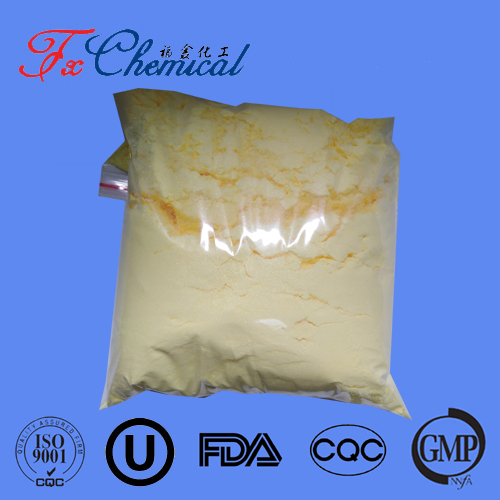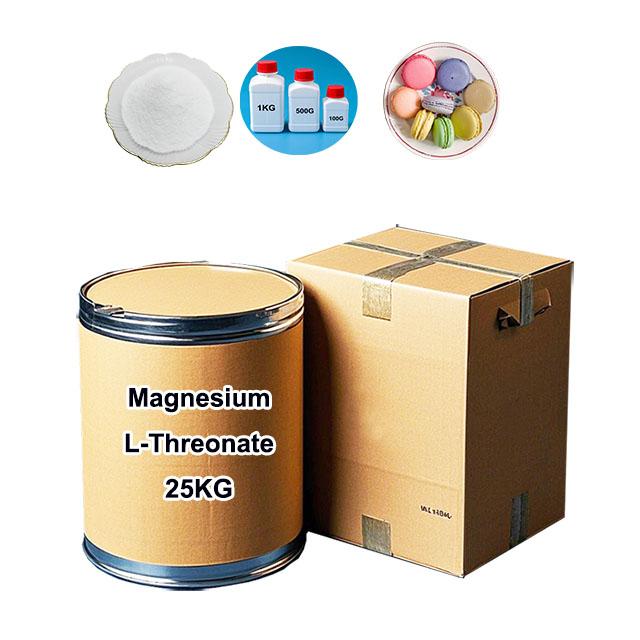
Search

Search

Cefaclor is an antibiotic medication that belongs to the cephalosporin class. It is commonly prescribed to treat various bacterial infections, including respiratory tract infections, urinary tract infections, and skin infections. In this comprehensive guide, we will explore the ingredients in cefaclor, their functions, and how they contribute to the effectiveness of this medication.
The primary active ingredient in cefaclor is cefaclor monohydrate. Cefaclor monohydrate is an antibiotic compound that works by inhibiting the growth of bacteria. It is effective against a wide range of bacteria, including both gram-positive and gram-negative organisms. Cefaclor monohydrate plays a crucial role in targeting and eliminating the bacterial infections that cefaclor is prescribed to treat.
In addition to the active ingredient, cefaclor formulations may contain various inactive ingredients, also known as excipients. Excipients are substances added to medications to enhance stability, aid in absorption, improve taste or appearance, and facilitate the manufacturing process. These ingredients can include fillers, binders, coatings, lubricants, and disintegrants. While they do not contribute to the therapeutic effect of cefaclor, understanding their presence can be important for individuals with specific allergies or sensitivities.
Cefaclor is available in different dosage forms, including capsules, tablets, and oral suspensions. Each dosage form may contain additional ingredients to ensure proper formulation and patient convenience. These additional ingredients can include preservatives, flavorings, sweeteners, and coloring agents. It is important to review the complete list of ingredients for any potential allergens or intolerances.
Understanding the ingredients in cefaclor is essential for identifying potential drug interactions and allergic reactions. Certain ingredients in cefaclor formulations may interact with other medications, affecting their efficacy or increasing the risk of side effects. It is important to consult with healthcare professionals or pharmacists to evaluate potential interactions and ensure the safe use of cefaclor. Additionally, individuals with known allergies or sensitivities should carefully review the ingredients to avoid any adverse reactions.
Comprehending the ingredients in cefaclor is crucial for understanding how this antibiotic medication works and ensuring its safe and effective use. Cefaclor monohydrate serves as the active ingredient, providing the antimicrobial effects necessary to combat bacterial infections. Additionally, knowledge of inactive ingredients and their functions helps individuals identify potential allergens or intolerances. By being informed about the ingredients in cefaclor, patients can better navigate potential interactions, allergies, and make informed decisions about their healthcare. Always consult with healthcare professionals for specific guidance and recommendations regarding the use of cefaclor.

Quick Links
Add:
E-mail:
 English
English  Español
Español  français
français  العربية
العربية 


